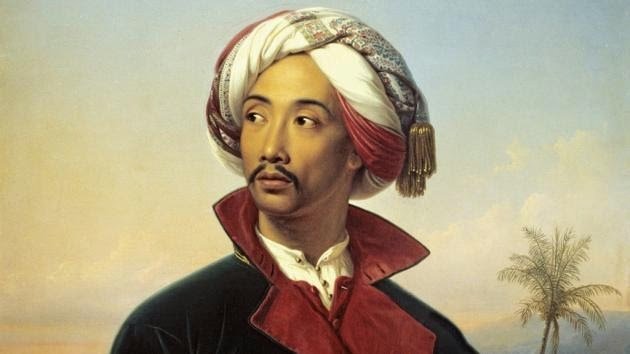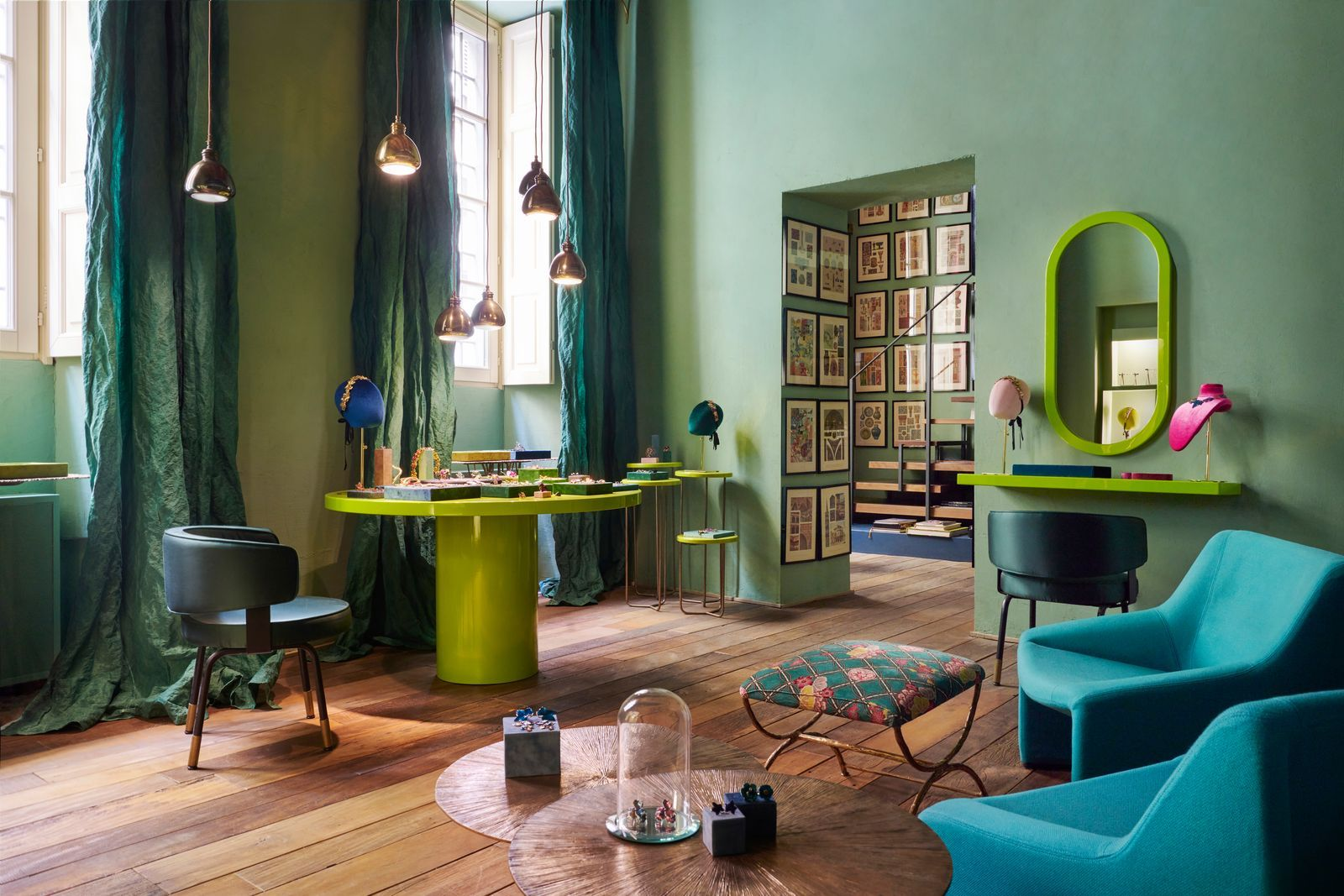zoomacademia.com – Raden Saleh, often regarded as Indonesia’s first modern painter, left an indelible mark on the art world with his unique style and compelling subjects. His works not only reflect his technical prowess but also embody the rich cultural heritage and tumultuous history of Indonesia during the 19th century.
Early Life and Education
Born in 1811 in the Javanese court of Semarang, Raden Saleh’s artistic journey began at an early age. He was educated in the traditional Javanese arts but soon ventured to the Netherlands to further his studies. There, he was exposed to European artistic techniques, particularly Romanticism, which greatly influenced his later works.
A Blend of Cultures
Raden Saleh’s paintings are a fascinating fusion of Eastern and Western influences. He skillfully combined traditional Javanese themes with European techniques, creating a distinctive style that resonated with both local and international audiences. His works often feature dramatic compositions, rich colors, and meticulous attention to detail.
One of his most famous paintings, “The Arrest of Prince Diponegoro,” depicts a pivotal moment in Indonesian history. The painting captures the emotional intensity of the event, showcasing Raden Saleh’s ability to convey narrative through art. The dramatic expressions of the figures and the vibrant landscape draw viewers into the historical context of Indonesia’s struggle for independence.
Themes and Subjects
Raden Saleh often explored themes of heroism, nationalism, and cultural identity. His works frequently depict historical figures, mythological stories, and natural landscapes, reflecting his deep connection to Indonesian culture. He was particularly interested in portraying the nobility and the struggles of the Indonesian people against colonial oppression.
Additionally, Saleh’s fascination with wildlife is evident in many of his paintings. He often included animals, particularly in works like “The Lion Attack,” where he showcased his skill in rendering realistic portrayals of nature.
Legacy and Influence
Raden Saleh’s influence on Indonesian art is profound. He paved the way for future generations of artists, inspiring them to explore their cultural roots while embracing new techniques. His work is celebrated not only for its aesthetic qualities but also for its historical significance, as it documents a critical period in Indonesia’s journey toward independence.
Today, Raden Saleh’s paintings are held in high regard, with many housed in prominent museums and collections worldwide. His legacy continues to inspire contemporary artists who seek to blend traditional Indonesian themes with modern techniques.
Conclusion
Raden Saleh remains a pivotal figure in Indonesian art history. His ability to intertwine local culture with global artistic movements has left a lasting impact on the art world. As Indonesia continues to evolve, the spirit of Raden Saleh’s work serves as a reminder of the importance of cultural identity, resilience, and the power of art to tell stories that transcend time and place. Through his paintings, we gain not only a glimpse into Indonesia’s past but also a sense of its enduring spirit and creativity.






